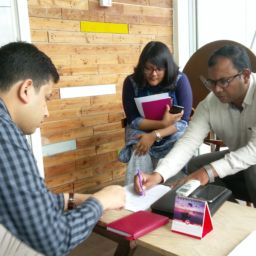Author: Jenna White

One of the habits of a systems thinker is being able to keep a holistic picture in mind without getting lost or distracted by details (even important details). Systems thinkers know that the secondary impacts of a change or shock to a system can have bigger impacts than the initial change itself. Think of a pebble being dropped into water – sometimes those ripples turn into waves.
In the context of COVID-19, for those of us in the US, the conversation has certainly started around socioeconomic impacts. There have been several false-choices presented around deciding between the economy and public health. We know that in the US and elsewhere, COVID is not the only health impact caused by the coronavirus and the COVID-19 response.
We are hearing reports that people are not seeking healthcare for non-COVID-19 issues. This could be due to fears of coronavirus infection from entering a healthcare facility. It is also likely due to the fact that with loss of employment in the US comes a loss of employer-provided or subsidized insurance. This lack of early detection or delayed treatment is a secondary impact, but one that generates the same outcome we are trying to avoid – loss of life. If we reopen the economy we potentially risk new cases, but more people may regain health insurance or the financial means to pay for treatment. The impact on health outcomes is less straightforward than it appears at first glance.
Similarly, we are seeing a decrease in immunization rates in multiple countries across the socioeconomic spectrum. Public health officials and international agencies are pointing to early warning signs of additional loss of life due to preventable diseases. This includes the measles, TB, and even malaria.
If you’re a systems thinker you have to look at the whole picture. If our primary aim is to prevent loss of life, we must include the loss of life from secondary impacts in our calculus. Our challenge to you this week is to identify where in your organization or programming you may be too myopically focused on the immediate COVID-19 response and to brainstorm secondary effects of both the pandemic itself and the global response. Support your colleagues in getting out of the weeds and have a discussion about the bigger challenges in this landscape.



